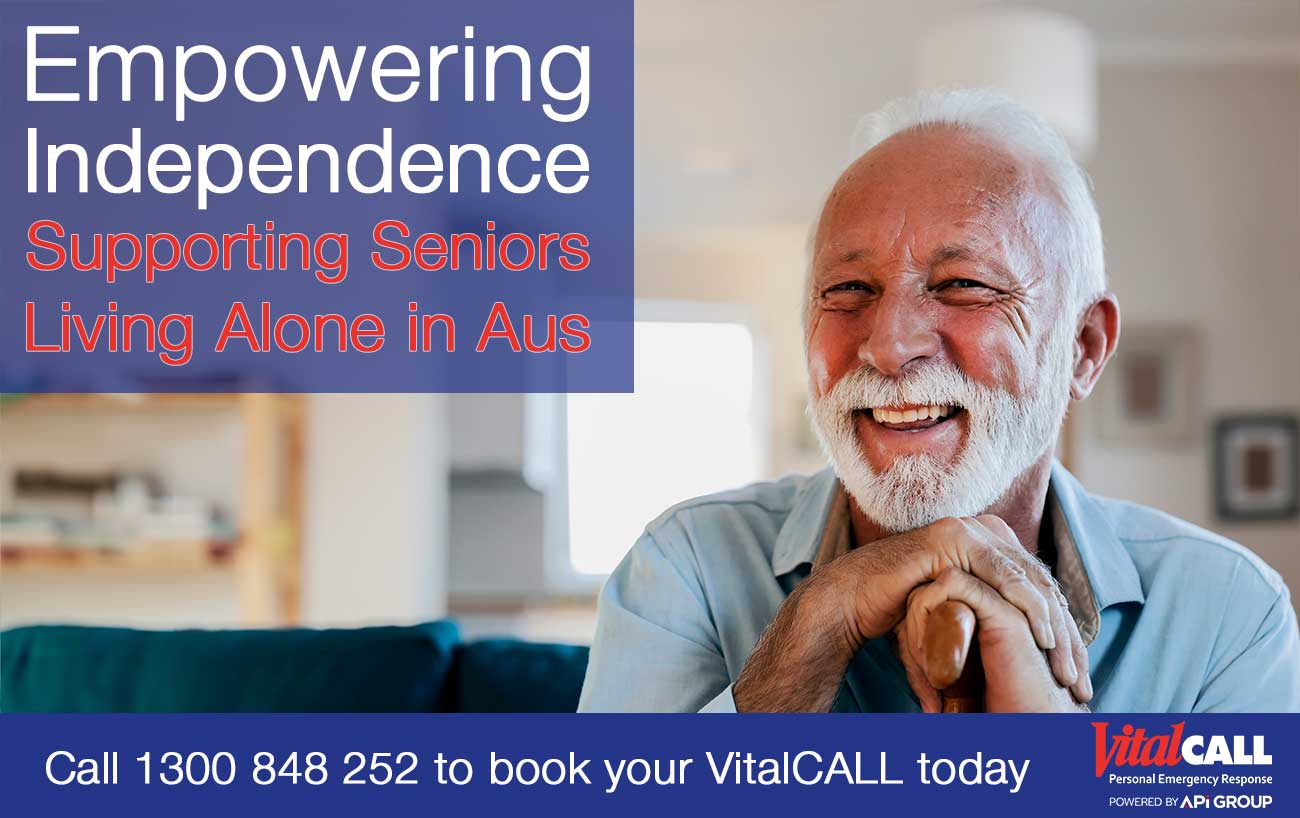According to the Australian Bureau of Statistics (ABS), as of 2021, there were approximately 3.9 million Australians aged 65 and over, accounting for 15% of the total population. Of these, a significant proportion live alone, with more than 1.2 million older Australians residing solo.
The ABS defines living alone as “a person who usually resides in a private dwelling and who does not usually have other persons present in the dwelling.” This includes older Australians who may have a spouse who is living elsewhere or may have lost their partner.
While living alone can provide older Australians with a sense of independence, it can also lead to social isolation and loneliness.
In fact, the ABS reports that
16% of people aged 65 and over experience social isolation
and those living alone being particularly vulnerable.
The ABS also notes that there are gender differences in the prevalence of living alone among older Australians. Women are more likely to live alone than men, with 40% of women aged 75 and over residing solo, compared to 22% of men in the same age group. This is partly due to women’s longer life expectancy, as well as differences in marital status and household arrangements.
Furthermore, the ABS reports that there are also variations in living arrangements among older Australians depending on their cultural background. For instance, older Australians born in non-English speaking countries are less likely to live alone than those born in Australia or English-speaking countries. This may be due to cultural differences in family structures and values, as well as the availability of community and support networks.
In addition to social isolation, older Australians who live alone may also face other challenges such as financial difficulties, health issues, and difficulties accessing services. For instance, the ABS reports that older Australians who live alone are more likely to experience financial stress, with 17% of those aged 65 and over reporting difficulties paying bills or affording basic necessities.
Health can also be a concern for older Australians who live alone, as they may not have access to regular social interaction or support, which can affect their physical and mental wellbeing. In fact, the ABS reports that older Australians who live alone are more likely to experience mental health issues such as depression and anxiety than those who live with others.
Access to services and support can also be a challenge for older Australians who live alone, particularly those living in regional or remote areas. The ABS notes that those living alone in remote areas may face particular challenges accessing health care and other services due to geographic isolation.
To address these challenges, there are a range of services and support available to older Australians who live alone. For instance, there are community programs and services that provide social activities and support to reduce social isolation, as well as home care and support services to assist with household tasks and personal care.
Personal alarms can help seniors living alone by giving them 24/7 emergency assistance. VitalCALL has a range of devices to help seniors live an active and independent life.
The Australian government also provides a range of financial assistance and support programs for older Australians, including the Age Pension, which provides a regular income to eligible older Australians to help cover living expenses. There are also home care and support packages available to help older Australians remain living independently in their own homes.
In addition, the National Ageing Research Institute (NARI) is an independent research institute that works to improve the health and wellbeing of older Australians. NARI conducts research into a range of areas, including aged care, social participation, and healthy ageing, with the aim of improving the lives of older Australians who live alone or who are at risk of social isolation.
Overall, while living alone can provide older Australians with a sense of independence, it can also lead to social isolation and other challenges. As the population of older Australians continues to grow, it is important to ensure that appropriate services and support are available to address these challenges and improve the wellbeing of older Australians who live alone.
Conclusion
The ABS statistics show that more than 1.2 million older Australians live alone, with women and those born in non-English speaking countries being particularly vulnerable. Living alone can lead to social isolation, financial difficulties, and health issues, but there are a range of services and support available to address these challenges.
As Australia’s population continues to age, it is important to ensure that older Australians who live alone have access to the necessary services and support to maintain their independence and wellbeing. By addressing the challenges faced by older Australians who live alone, we can help to ensure that they remain active, engaged, and connected members of our communities.
It is also important for families and communities to be aware of the challenges faced by older Australians who live alone and to provide support and companionship where possible. By working together, we can help to ensure that older Australians are able to age with dignity and enjoy a good quality of life.

